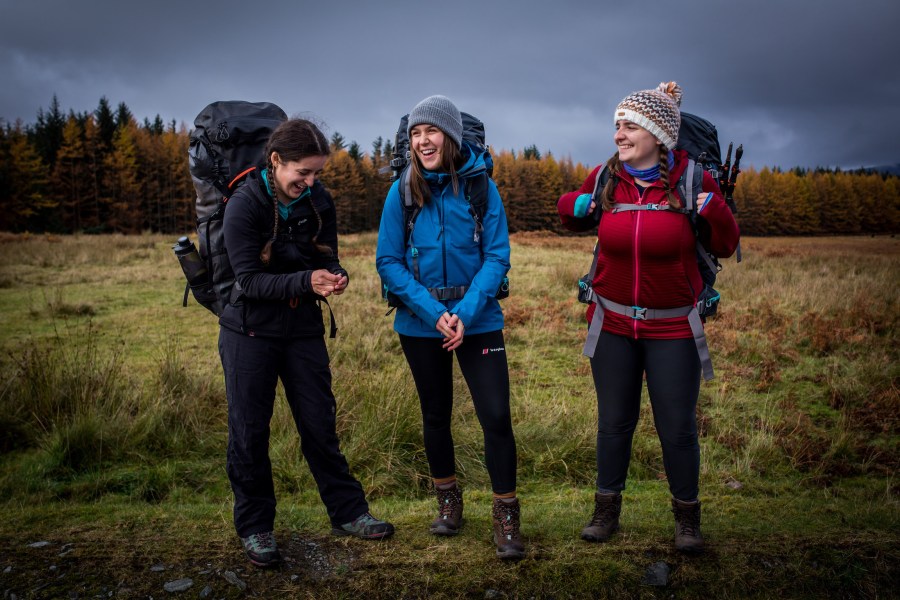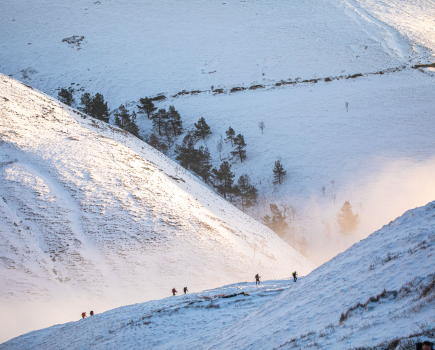Don’t let a foreboding forecast put you off getting outside. Nurse and outdoor adventurer Iona Andean explains how to plan a successful multi-day trip – even in the worst weather.
This advertising feature is sponsored by our friends at Berghaus.
In the January edition of TGO, myself and three companions – Jessie Leong, Kirsty Pallas, and Iona Dawson – head for a wet, wind-battered, and ultimately extremely fun weekend expedition into the wilds of Lochaber, staying overnight in a remote bothy.
The trip was planned for a while, but as it approached it became clear the weather wasn’t going to give us an easy ride. It was November, and the forecast was full of high winds, strafing rain and cold temperatures.
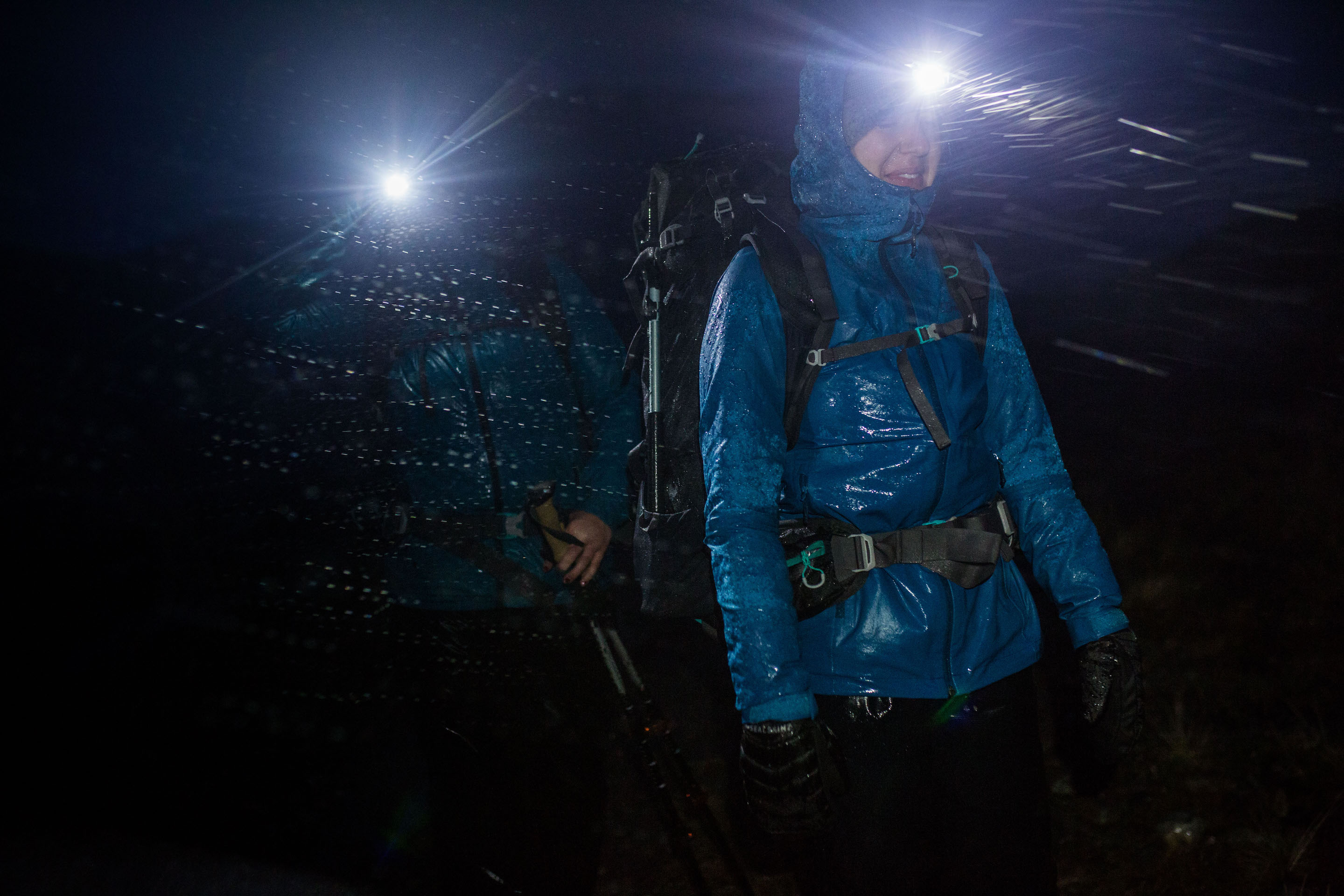
The forecast was true to its word!
But if we’d cancelled our hike into the Grey Corries because of the poor forecast, we would have missed out on an incredible expedition. The challenging weather might have driven us down for the tops – but in the end, it made the trip even more memorable. Here’s some advice on how to adapt your plans, keep spirits high and stay safe and comfortable out there when the weather is looking less than ideal…
1. Be flexible
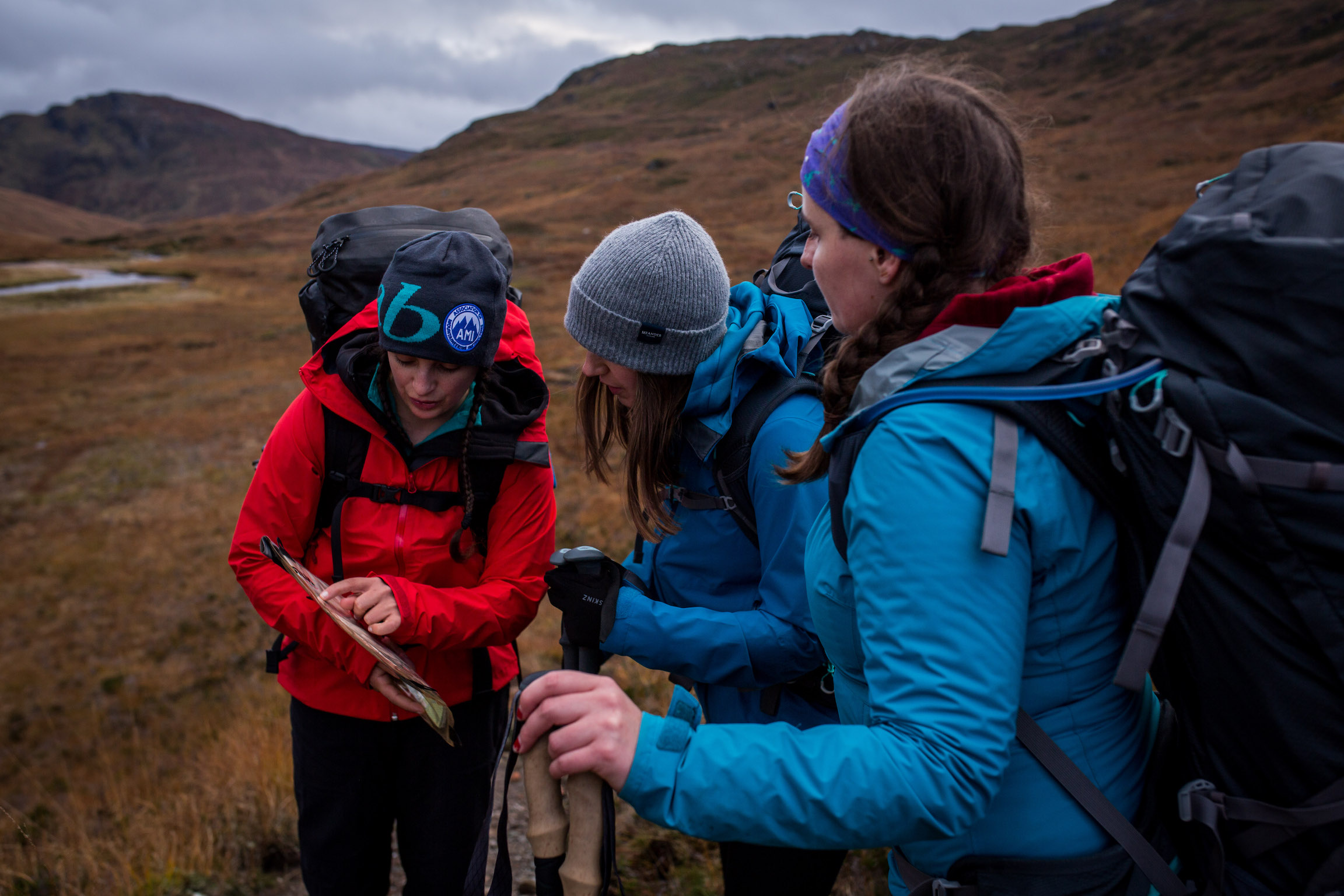
The plan changed several times before, and even during, the trip
Our trip plans changed several times in response to the weather and our own capabilities. Everyone knows you need a Plan B. In this case, we had a plan C and D too! Keep an eye on the local MWIS or Met Office Mountain Weather forecast, and don’t be afraid to make new plans at the last minute.
2. Keep it simple
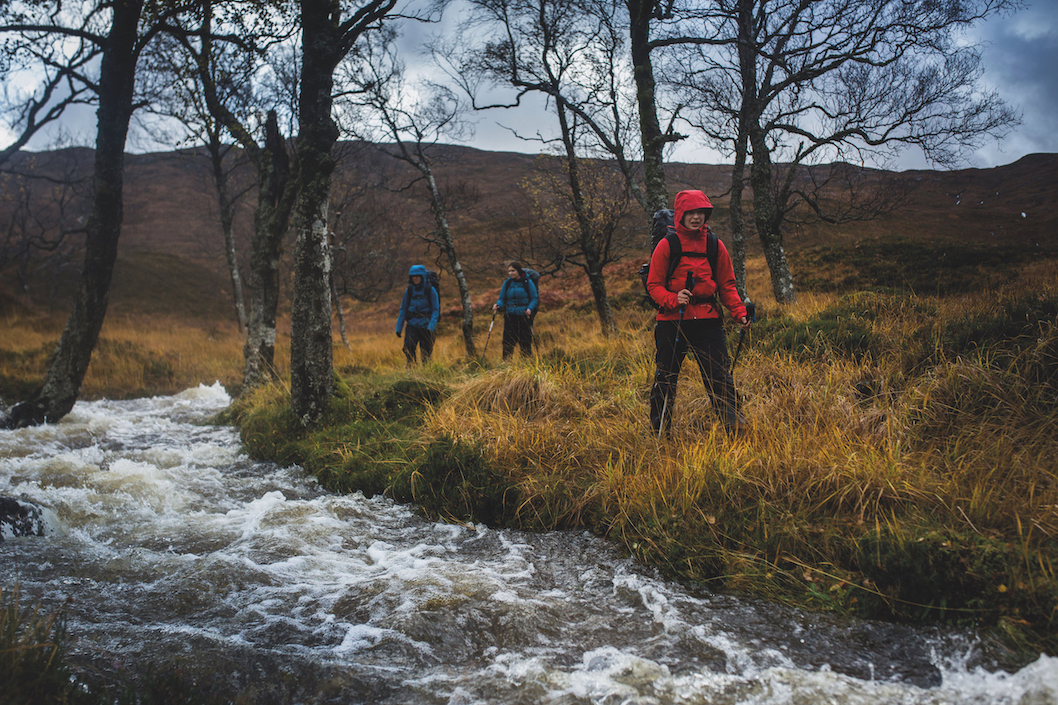
High water levels meant that even small burns could be a challenge to cross
When it comes to bad weather, it’s always a good idea to keep things as simple as possible. We had earlier plans for this trip which included things like ferries, through-hikes, tricky night navigation and potential river crossings, all of which could have been disrupted or made harder by bad weather. In the end we went with a plan that had the same start and end, we knew there were substantial paths which would make night-time navigation easier, and all the major rivers had bridges, so the possibility for things outside our control to go wrong were kept to a minimum.
3. Go low if you need to
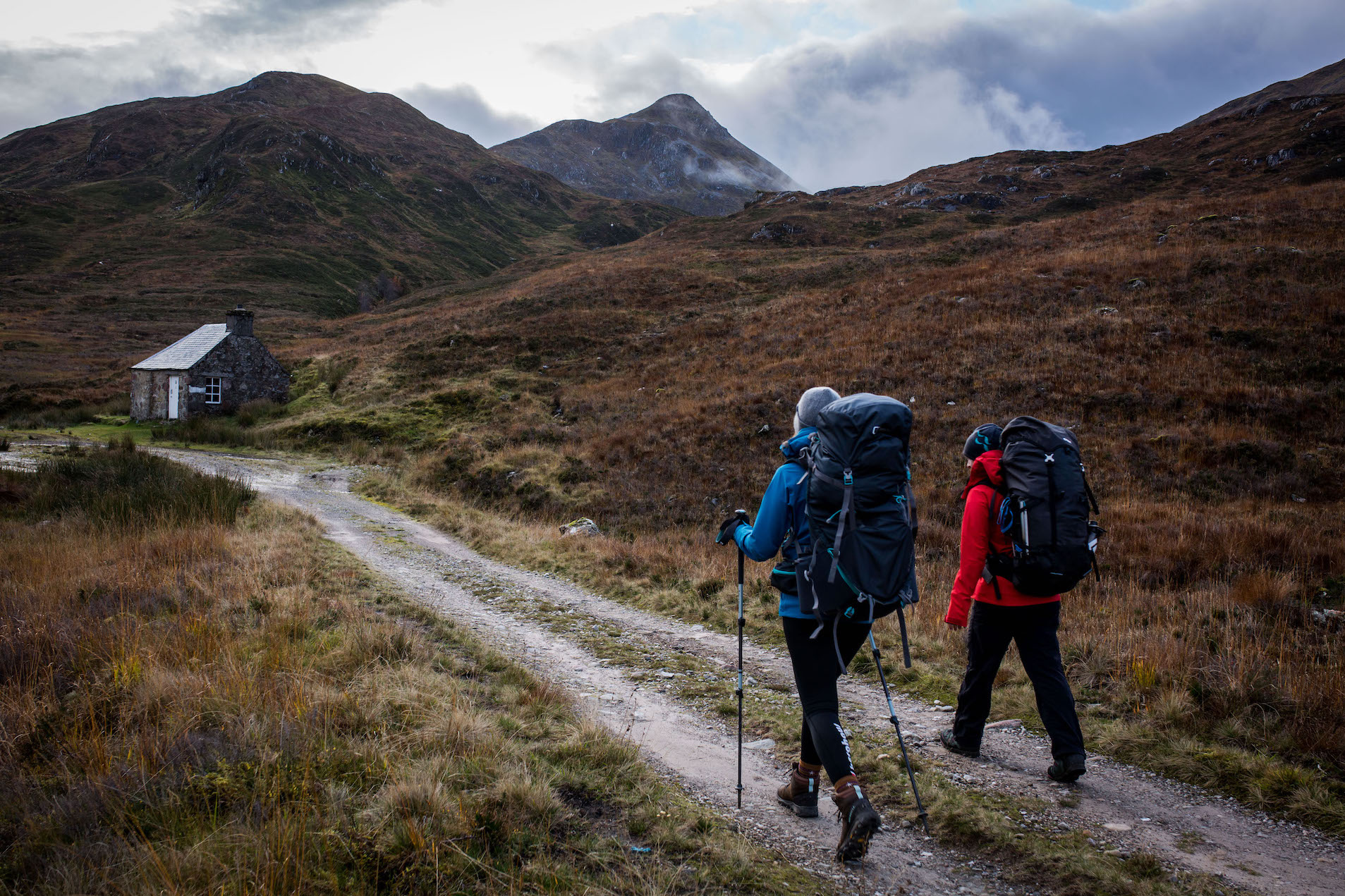
Walking through the Lairig Leacach, below the Grey Corries
Tackling the tops would have been dangerous in the conditions we had, but it still felt great being out in the mountains. Swapping ridges and summits for low-level routes makes a lot of sense when the forecast is looking dicey. And exploring the glens and valleys can be very rewarding in itself.
4. Good company makes a big difference
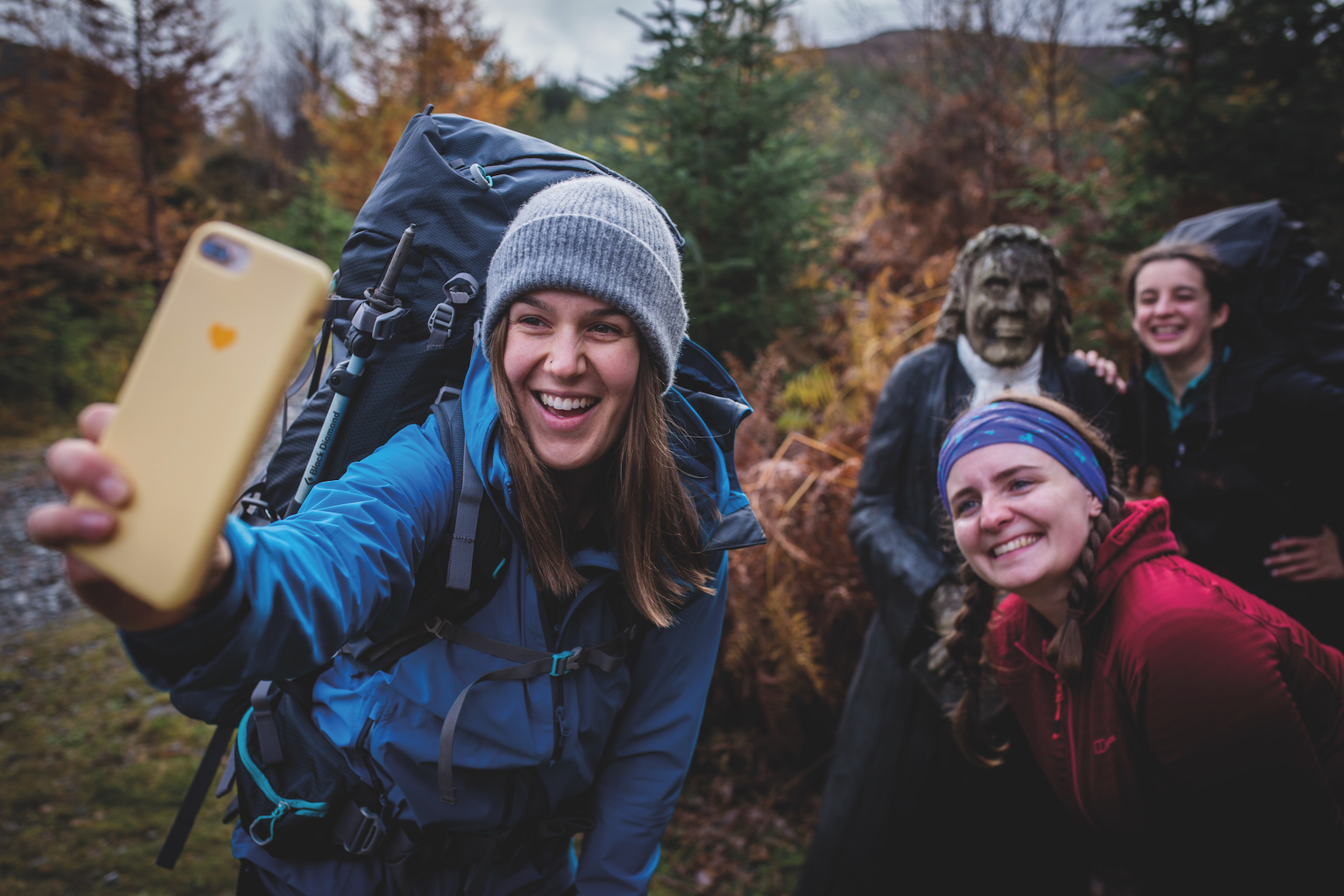
Taking a snap with the ‘Wee Minister’. Good camaraderie makes a massive difference
Camaraderie can really keep you going through tough weather conditions. It’s harder to keep your spirits up when you’re walking alone – plus the hills are more dangerous in bad weather, so it’s safer to have a companion or two. If you don’t have much of experience of walking in wind, rain and cold then a guide could be a good option as well. We used Kirsty Pallas, a brilliant instructor based in Lochaber.
5. Gimme shelter
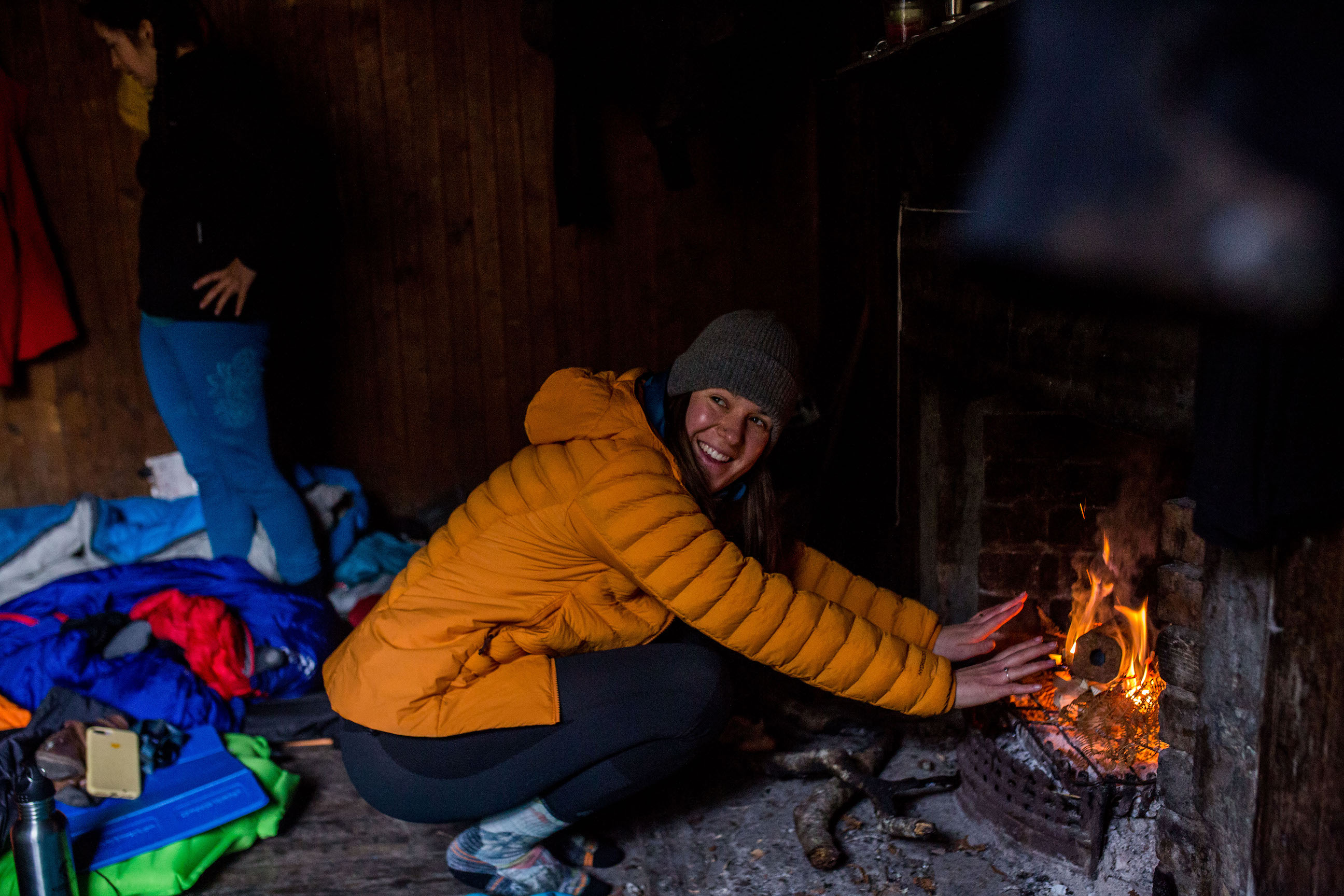
The comfort of a bothy fire is hard to beat…
Bivvying and camping both have the potential to be pretty miserable in bad weather, so you might want to consider more substantial overnight accommodation. Bothies are a great option – although bear in mind, of course, that you might have to share them. Planning a multi-day trip around hostels or bunkhouses is another weather-beating possibility.
6. Pack good waterproofs
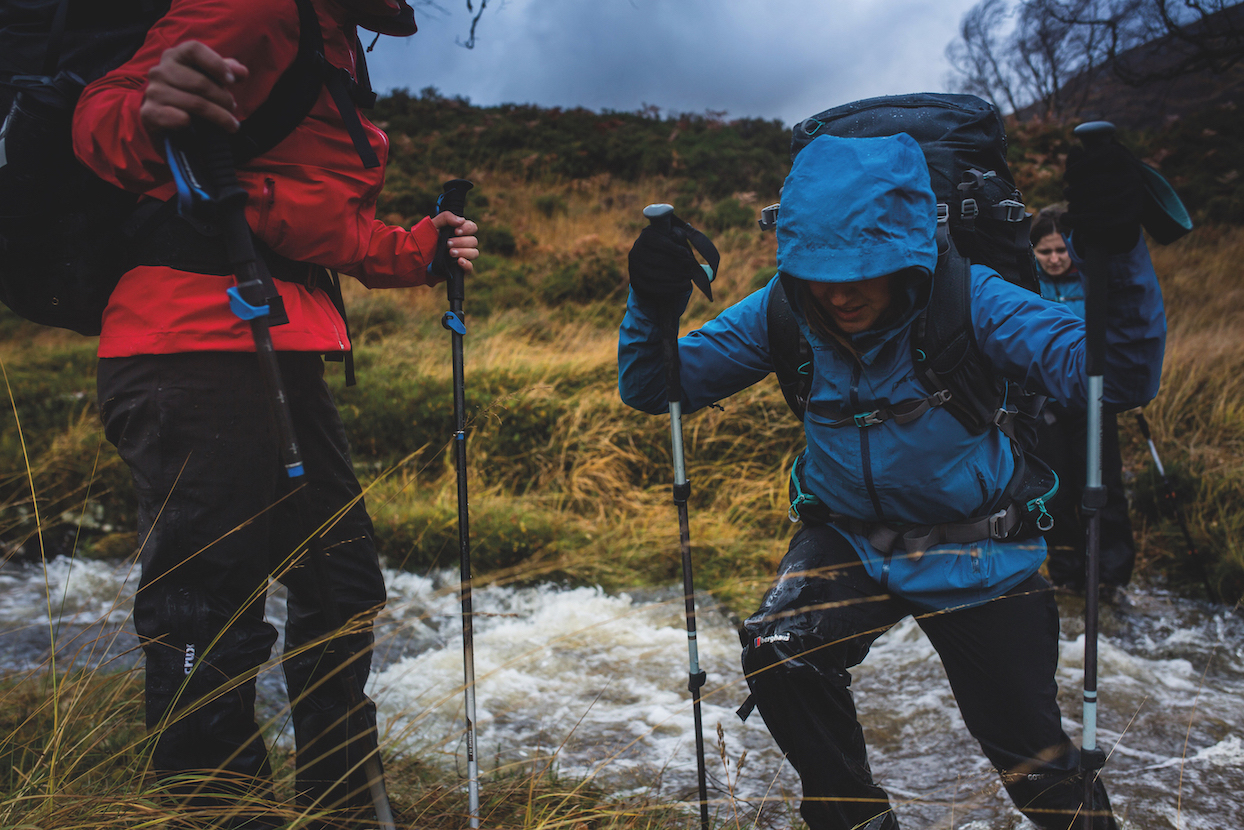
Good, breathable waterproofs are essential in rough weather
This one really goes without saying, but your waterproofs are the key barrier standing between you and the bad weather, so they need to perform well. The new Berghaus Mehan waterproof jacket is lightweight, flexible and it has vents underneath the arms that you can unzip, which reduces the amount of moisture building up inside your jacket. Whatever waterproofs you have, make sure you reproof them before a big trip.
7. Use a layering system
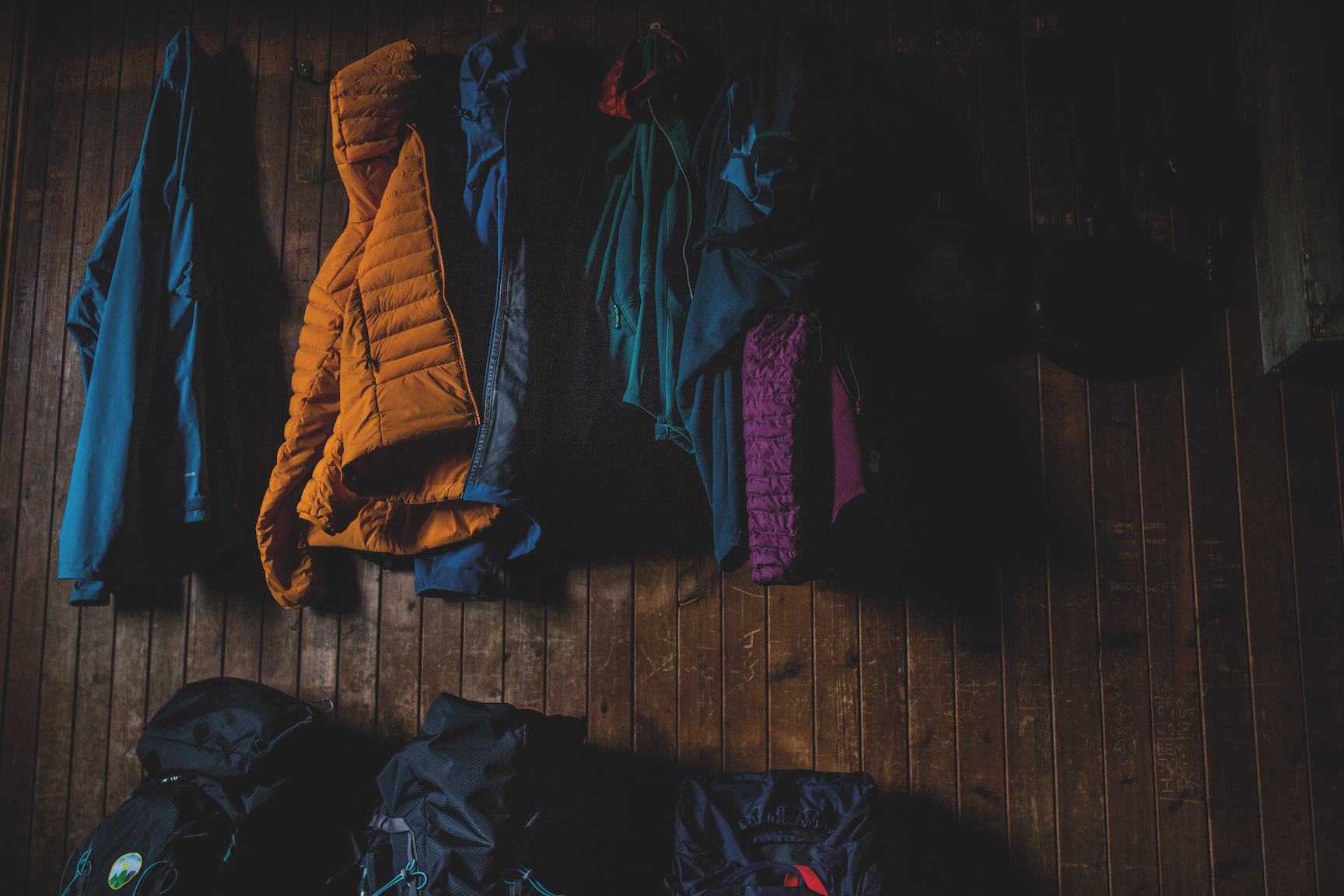
Lots of layers drying out in the bothy
A good layering system will help keep you warm and dry in poor weather conditions. I started off with the Berghaus tech tee, which was insulative and also really effective at sweat wicking when we were pushing ourselves physically. On top of that I wore the Fourier fleece, which was warm, well-fitting and had those all-important thumb loops for when the weather got colder.
8. Insulation
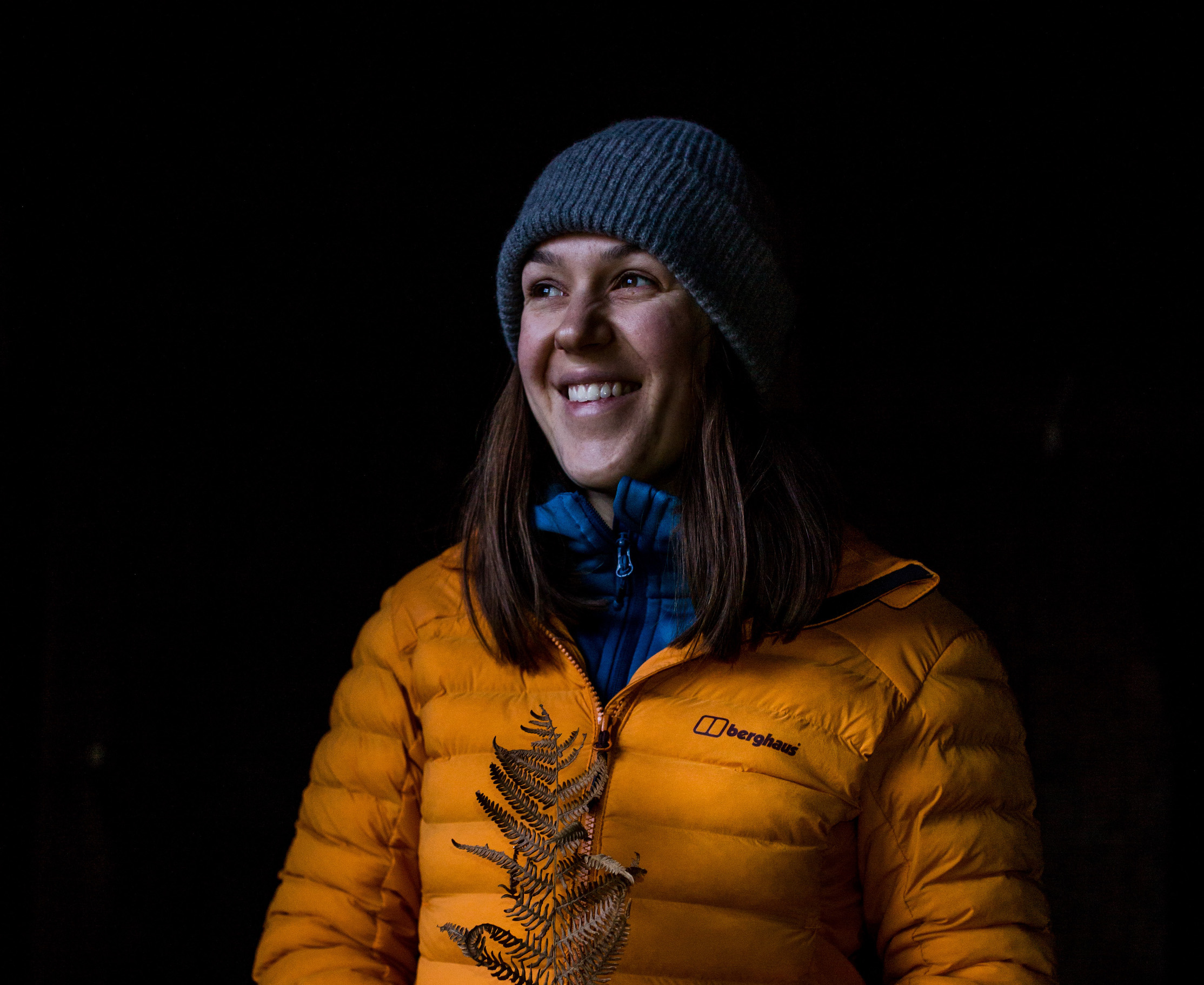
The Berghaus Affine jacket is a great bet for cold. wet weather
Traditional down jackets are great in cold, crisp conditions, but if there’s rain in the forecast then they might let you down (no pun intended) – ‘normal’ down loses its insulating properties when wet. I wore the Affine jacket, which was made from synthetic Hydroloft insulation – this means it dries incredibly quickly, and stays warm when wet. The Affine has lighter insulation around the waist and shoulders, allowing a waterproof to fit comfortably over the top, giving me an extra layer when it got really chilly.
9. Have plenty of rucksack room
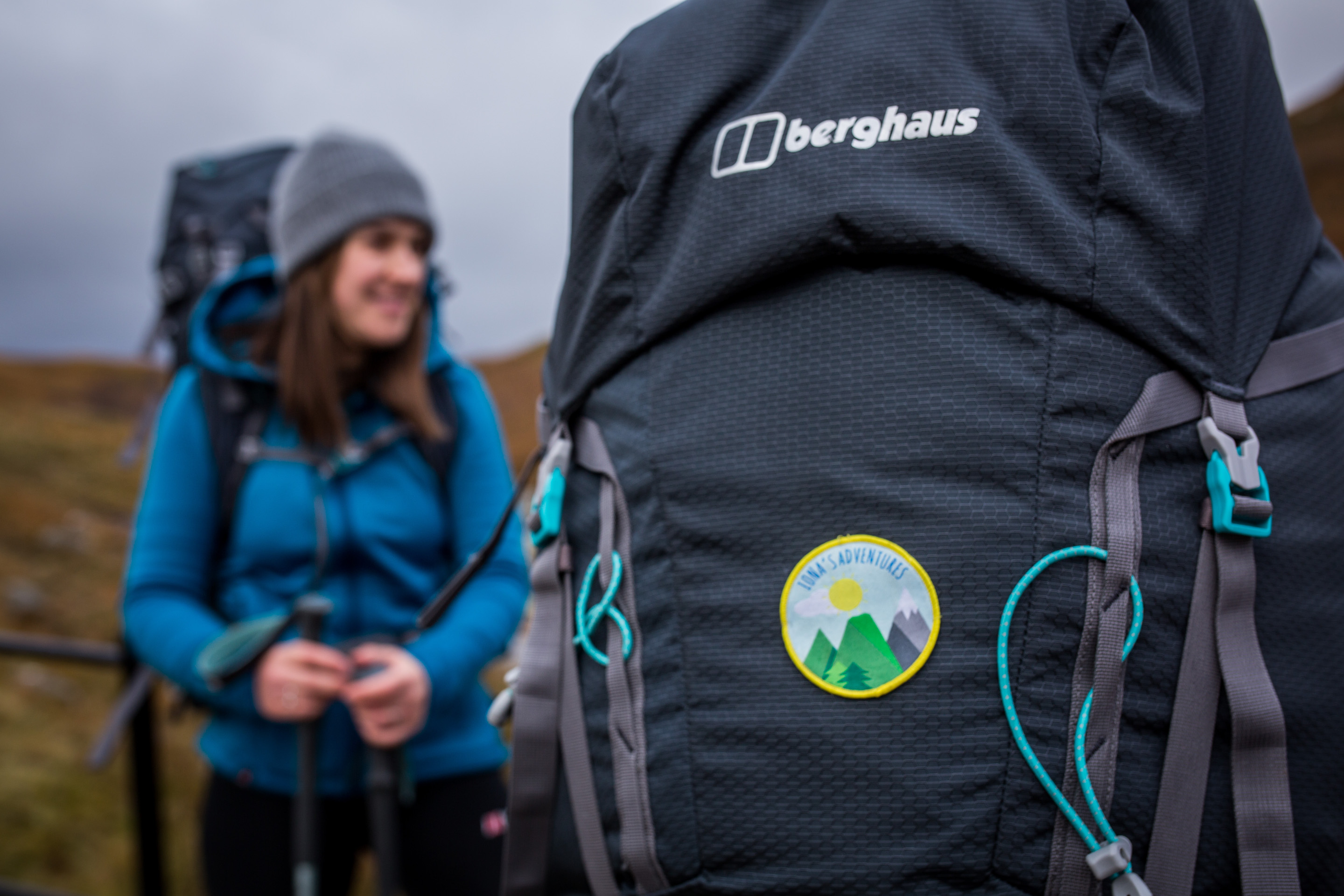
Bad weather? You’ll need a roomy pack
In poor weather you’ll almost certainly need a bigger rucksack for those extra layers (and, in this case, for lugging firewood!). My Berghaus Trailhead 65 was roomy enough to fit all of our sleeping essentials, plus food, warm layers and wood. Despite a big load, it remained comfortable throughout, thanks to its BIOFIT system which features enhanced padding for extra comfort.
10. Keep your kit protected

The wetter the weather, the more drybags you’re likely to need…
Your waterproofs might be keeping you dry – but what about your kit? Make sure you keep anything important in dry bags, ideally lining your rucksack with a larger dry bag, and then use smaller dry bags to double-wrap essentials and create a system for your kit. Waterproof covers for maps and mobile phones make navigation much easier. Don’t forget that electronic devices will lose their charge much more quickly in the cold, so an extra battery pack (well-protected in its own dry bag) is a good idea as well.

